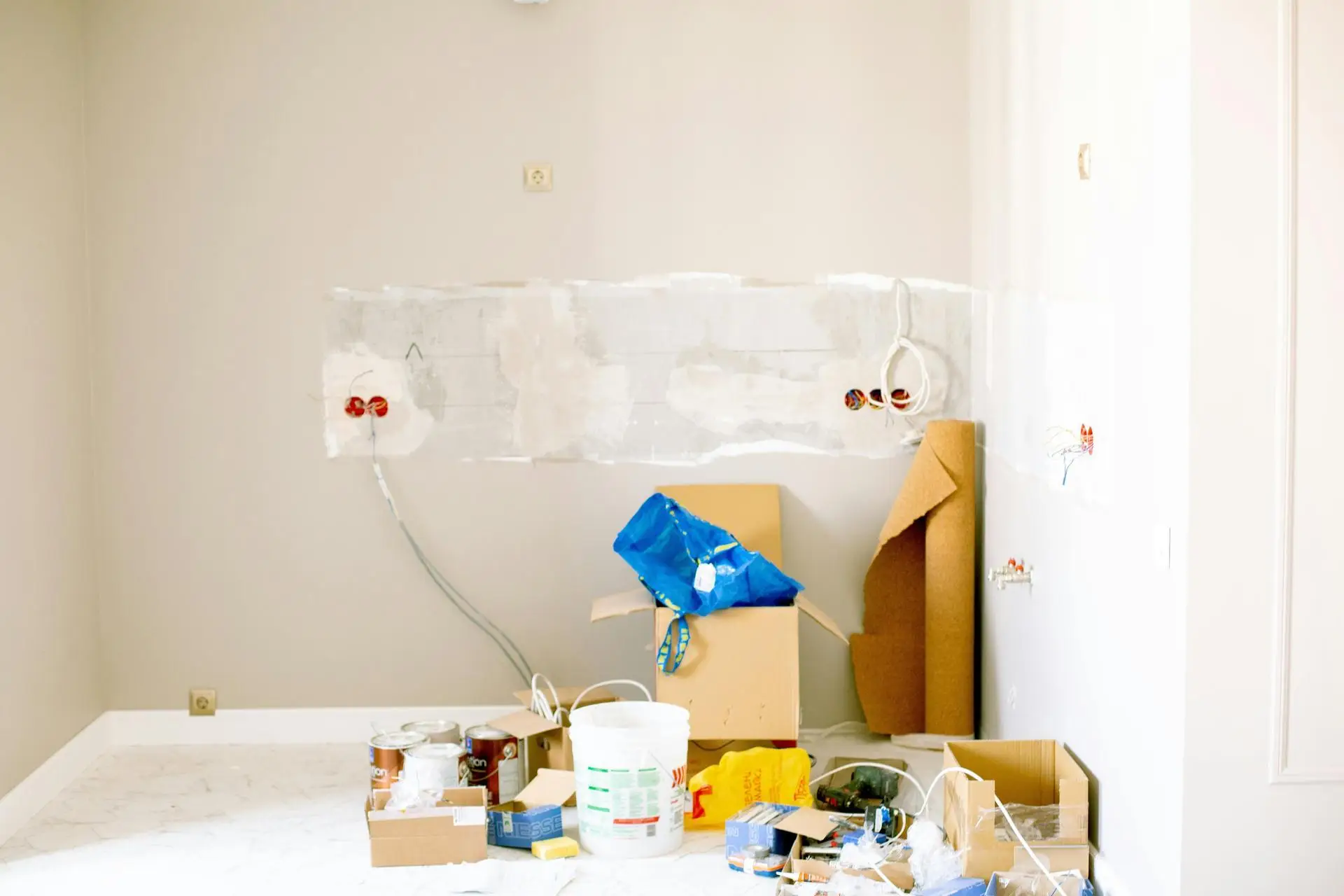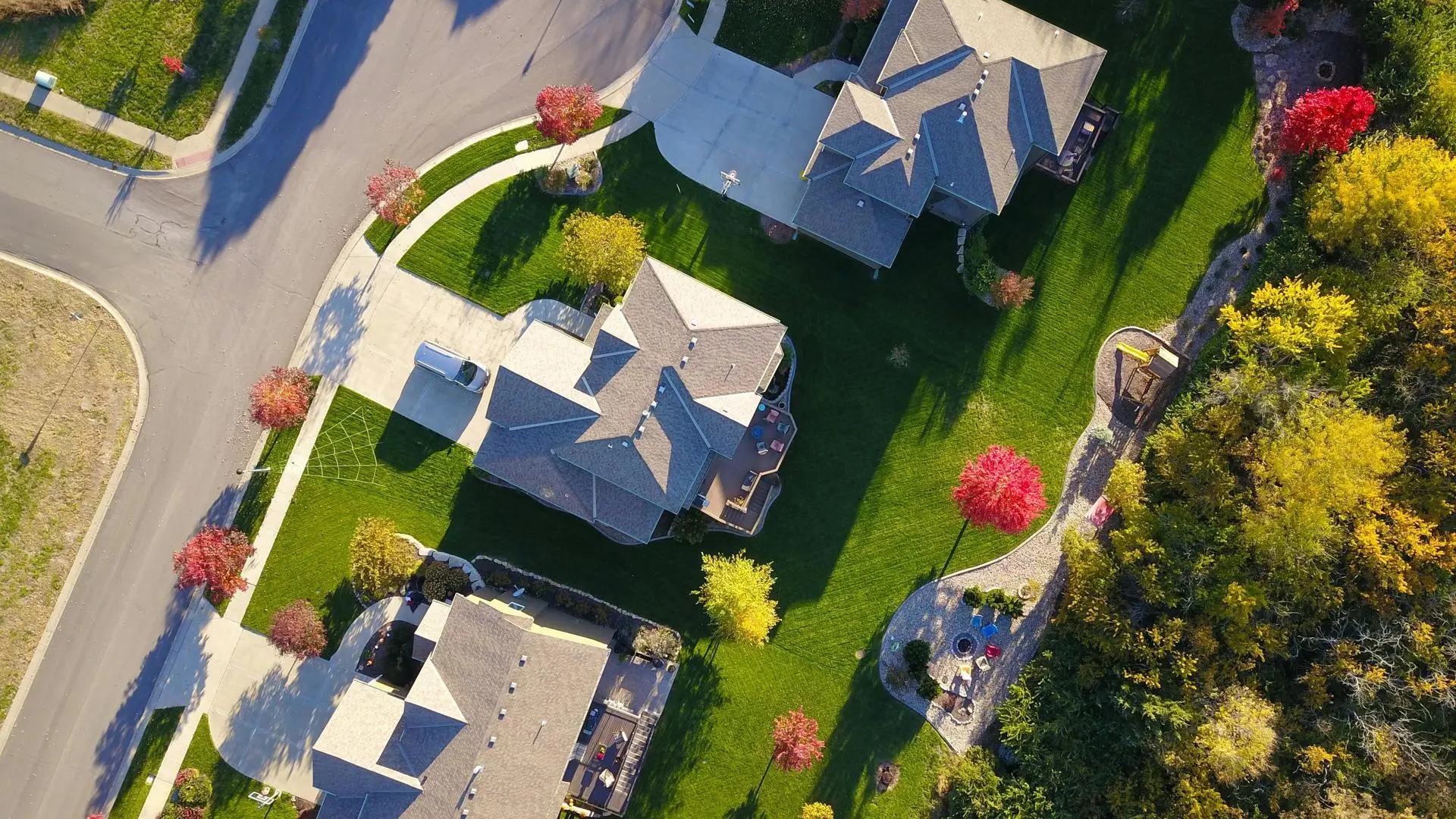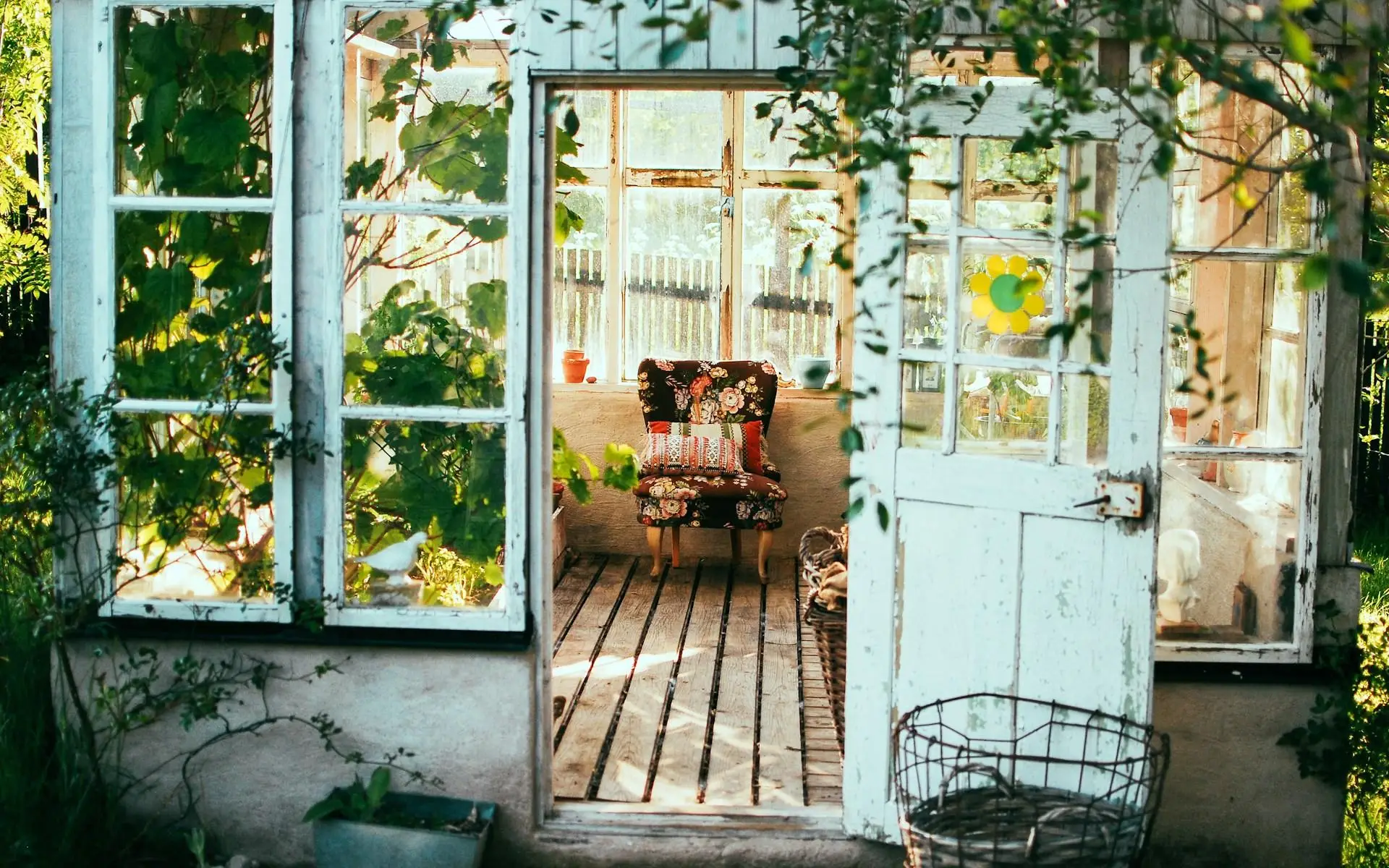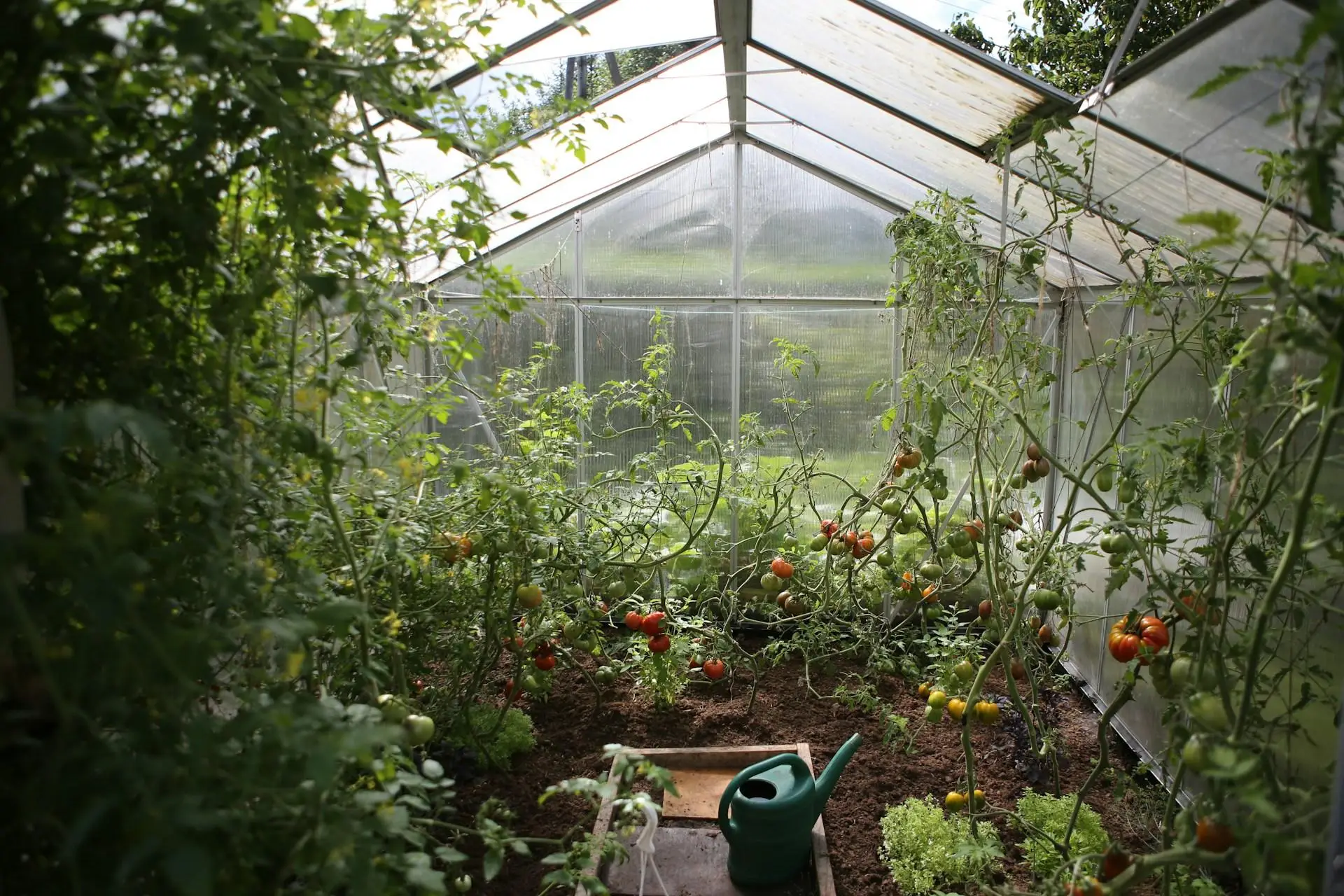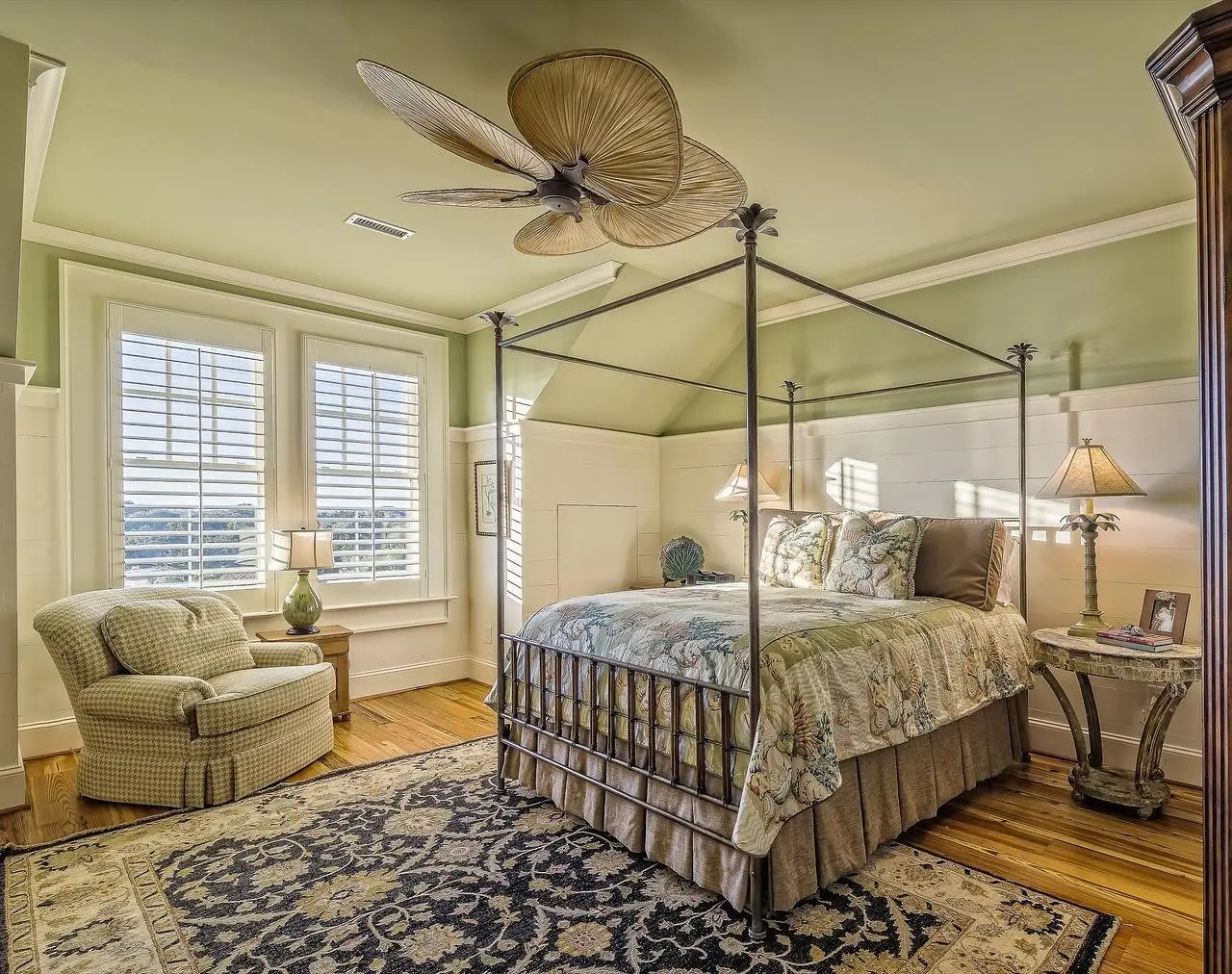Crafting Your Own Planters: A Comprehensive Guide to Unique Indoor Greenery
The resurgence of home gardening and indoor plants has transformed living spaces into vibrant oases of greenery and life. Many enthusiasts are discovering that unique planters not only enhance the aesthetic appeal of their homes but also serve as crafty expressions of individual style. Engaging in DIY projects allows homeowners to personalize their living environments while cultivating their green thumbs. This guide outlines everything needed to craft stunning, one-of-a-kind planters that reflect your creativity and suitability for any space.
Understanding the Basics of DIY Planter Projects
What Makes a Good Planter?
When it comes to crafting a functional planter, several factors come into play:
-
Size and Shape Considerations: The planter's size should be proportional to the plant it will house. Ensure there's enough space for roots to grow while also fitting within your desired area.
-
Drainage Needs and Materials: A good planter must have proper drainage holes to prevent overwatering. Materials such as terracotta, wood, and metal can work, but ensure they allow moisture dispersion.
-
Appropriate Plant Species: Different plants have varying space and environment requirements. It’s crucial to select species that suit the built planter and your indoor or outdoor environment.
Tools and Materials Needed for DIY Planters
Equipping yourself with the right tools and materials simplifies the process of creating unique planters.
-
Basic Tools: Common tools needed include a saw, drill, sandpaper, and a paintbrush.
-
Common Materials: Popular options for planters include wood, plastic, ceramic, and recycled items.
-
Optional Decorative Materials: To enhance your planters creatively, consider using paint, varnish, stencils, or other embellishments.
Choosing the Right Type of Planter for Your Space
Indoor vs. Outdoor Planters
The intended location of your planters significantly influences their design:
-
Indoor Planters: These should consider space availability and lighting. Choose materials and colors that complement your interior style while ensuring plants can thrive.
-
Outdoor Planters: Weather resistance and proper drainage are critical for outdoor setups. Materials used for outdoor planters should withstand rain, sunshine, and temperature changes.
Different Styles of Planters
A plethora of planter styles exist to suit any taste:
-
Classic Pots: Traditional and versatile, suitable for a variety of plants.
-
Hanging Planters: An excellent way to conserve space while adding greenery at eye level.
-
Vertical Planters and Wall-mounted Options: Perfect for smaller spaces and provide a stunning visual effect.
-
Repurposed Materials: Old buckets, crates, and other recycled inhabitants can be transformed into trendy, eco-friendly planters.
Step-by-Step DIY Projects for Unique Planters
Project 1: Wooden Crate Planter
For a rustic appeal, a wooden crate planter is simple to make:
- Materials Needed:
- Wooden crates or pallets
- Sandpaper
- Wood stain or paint
- Potting soil and plants
-
Preparation Steps: Sand down any rough edges and paint or stain the crate as desired.
-
Instructions for Assembly: Place a tarp or liner inside the crate for drainage and fill it with potting soil. Arrange your chosen plants thoughtfully.
-
Tips for Planting and Maintenance: Ensure regular watering and inspect for any pests.
Project 2: Recycled Plastic Bottle Planters
Leveraging recyclable materials not only helps the environment but also adds a unique touch to your garden:
-
Selection of Bottles: Choose sturdy plastic bottles.
-
Step-by-Step Guide:
- Cut the bottles in half.
- Paint them in vibrant colors or patterns.
- Punch drainage holes in the bottom.
- Benefits: This project promotes eco-friendliness and creativity, helping to reduce waste.
Project 3: Concrete Planters
Concrete planters add an industrial charm:
- Materials Required:
- Concrete mix
- Molds (silicone or plastic containers)
- Sandpaper
- Instructions:
- Mix and pour concrete into molds, creating various shapes.
- Allow to cure for several days, then remove from the mold.
- Creative Ideas: Experiment with different mold shapes and finishes, using paint or polish for an added effect.
Project 4: Hanging Macrame Planters
For those who are adept at artistic pursuits, macrame planters are intricate yet rewarding to craft:
-
Essential Materials: Macrame cord, a planter pot, and scissors.
-
Instructions:
- Cut lengths of macrame cord.
- Knot cords securely to create a net hold for the pot.
- Hang from a ceiling hook for an eye-catching display.
Tips for Enhancing Your Planter Designs
Personalization Techniques
Enhancing the appeal of your DIY planters can be as simple as exploring personal touches:
-
Painting and Decorating Ideas: Use stencils or create freehand patterns for colorful designs.
-
Adding Texture: Incorporate materials like twine, fabric, or beads to add depth and character.
Incorporating Technology
Modern gardeners can make use of technology to simplify care:
-
Smart Sensors: Consider devices that monitor soil moisture levels.
-
Guided Planting Apps: These can help assess plant requirements, creating a seamless gardening experience.
Caring for Your DIY Planters
Watering and Drainage Tips
Understanding proper watering techniques is vital in maintaining plant health:
-
Importance of Proper Drainage: Prevent root rot by always ensuring excess water can escape.
-
Best Practices for Watering: Familiarize yourself with the specific needs of each plant, adjusting frequency based on type and environmental conditions.
Maintenance and Longevity
Taking care of your planters ensures they last longer:
-
Seasonal Maintenance Tips: Regularly check outdoor planters for any damage or need for refreshing.
-
Refreshing Old Planters: Revitalize faded or worn planters with a coat of paint or new embellishments.
Crafting unique planters through DIY projects not only allows for the expression of creativity but also enhances living areas with stunning greenery. Individuals are encouraged to explore their imaginative sides, using these guidelines to personalize their home environments. Whether through reclaimed materials or tailored designs, the potential for crafting your unique planter is limitless and rewarding. Sharing these creations can inspire others to embrace the joy of home gardening and the art of planter crafting within their communities.



